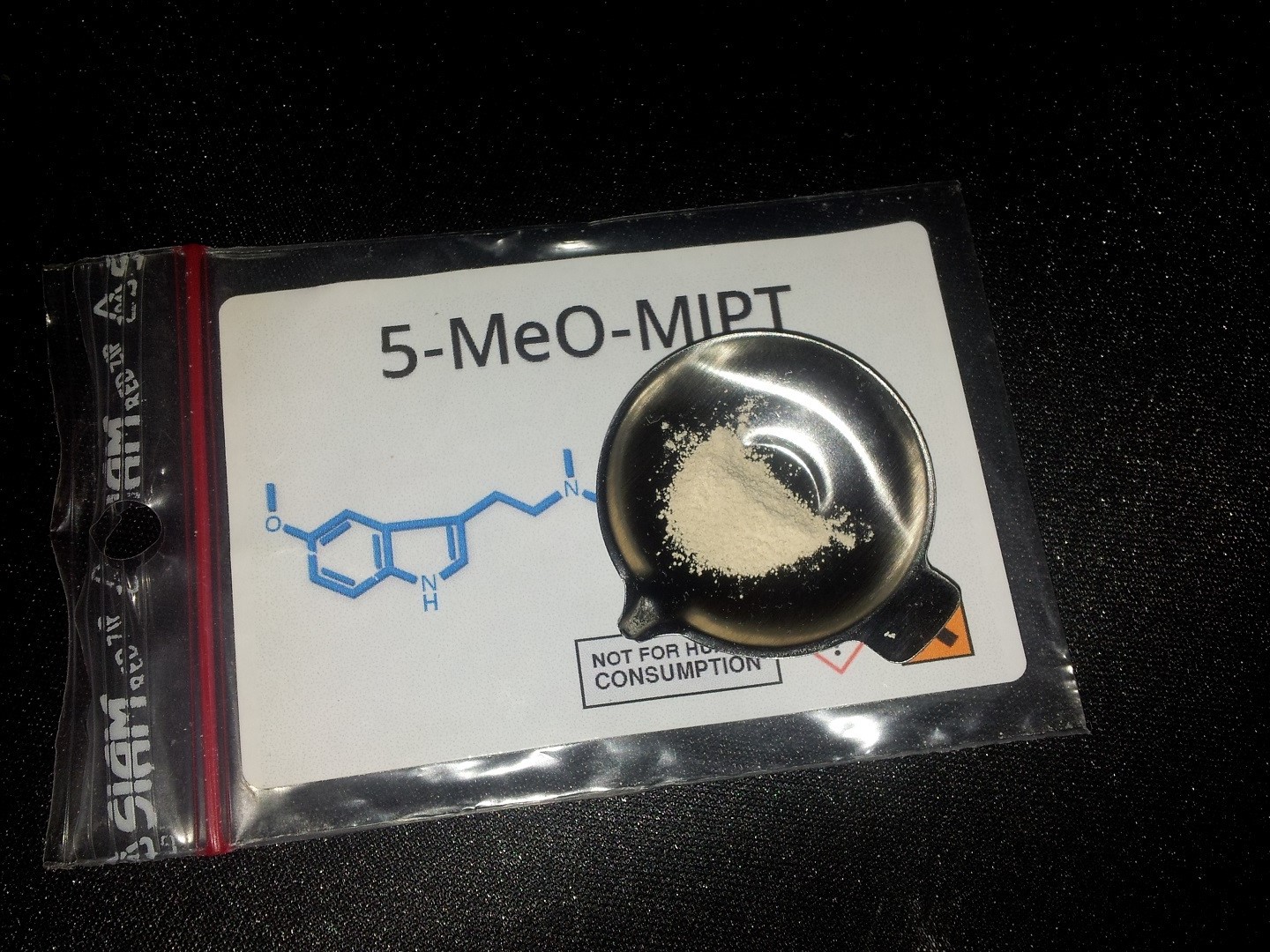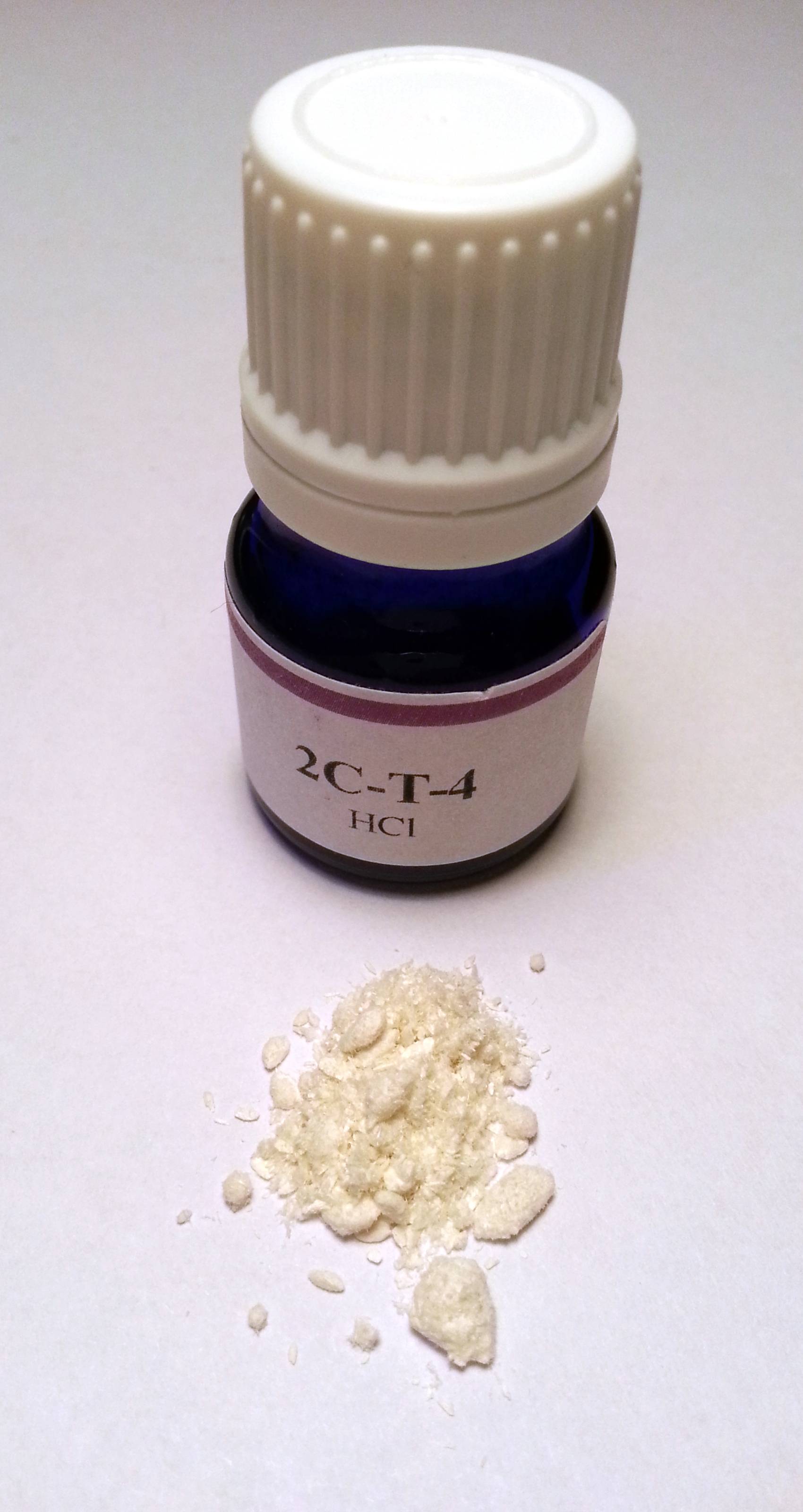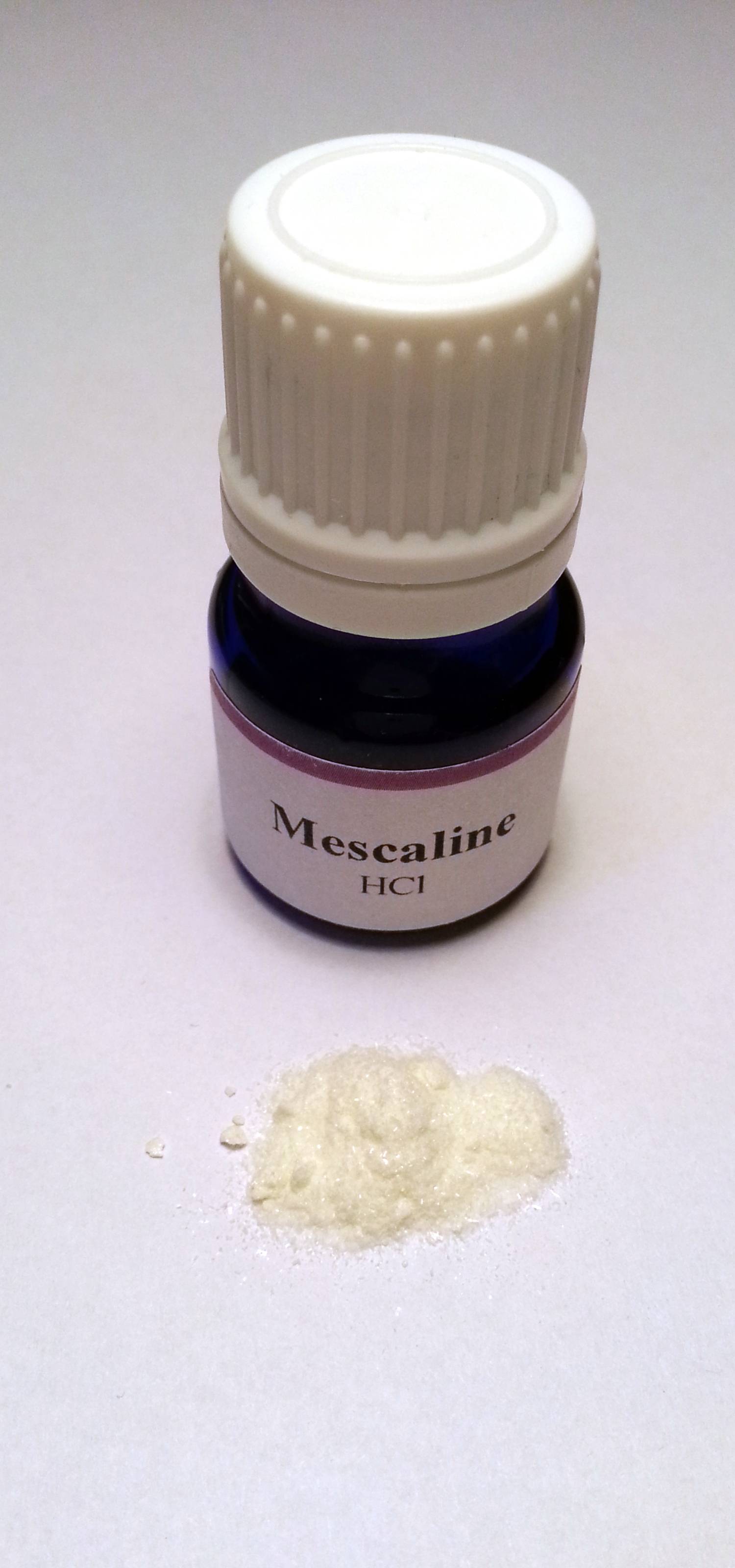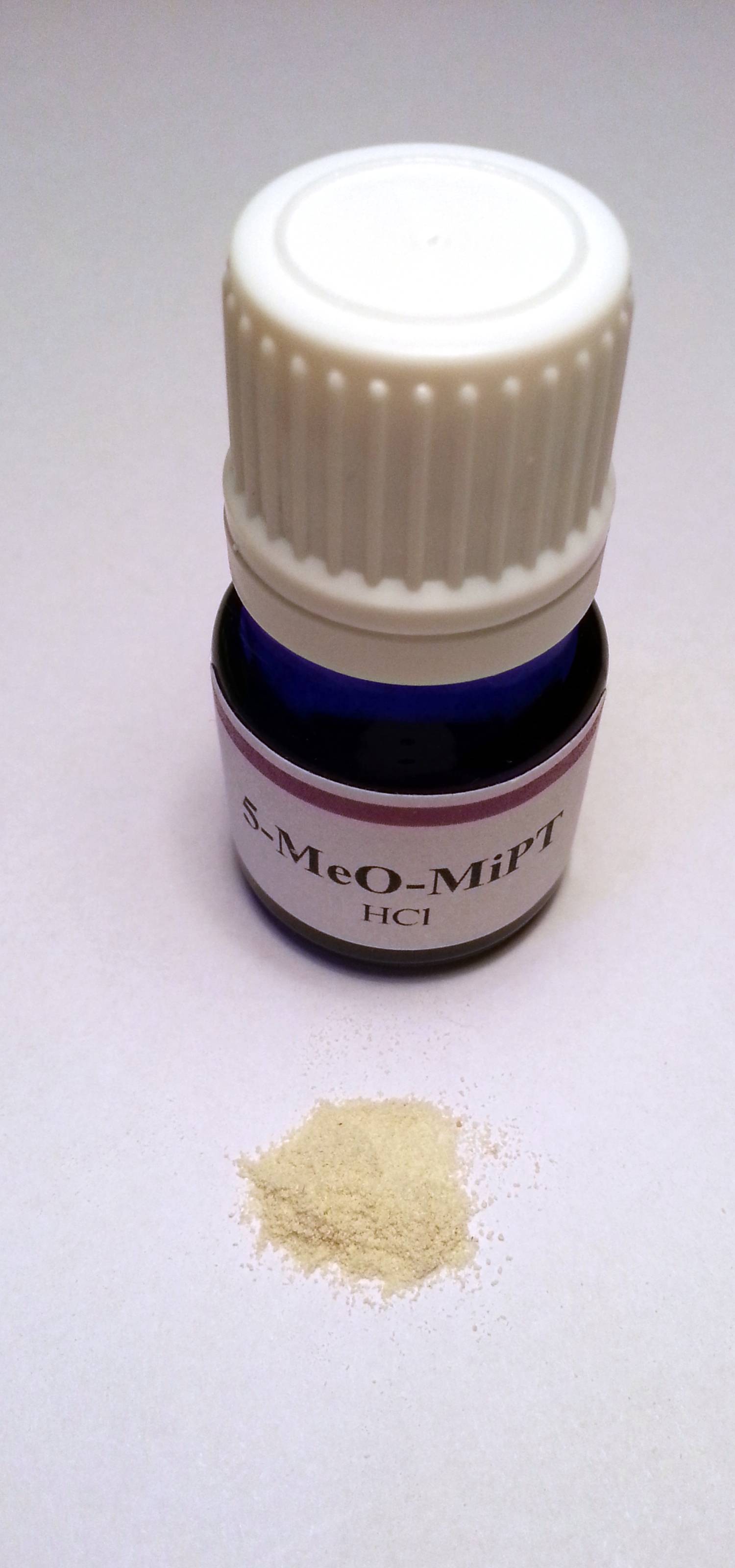Psychedelics: Difference between revisions
GrimReaper (talk | contribs) |
m |
||
| (5 intermediate revisions by 2 users not shown) | |||
| Line 1: | Line 1: | ||
'''Psychedelics''' are a class of | '''Psychedelics''' are a class of psychoactive compounds whose primary effects are rooted in altering perception, causing a number of mental effects which manifest in many forms including altered states of consciousness, visual or tactile effects. | ||
A difference between the common semantic and scientific uses of 'psychedelic' often occurs. Most psychedelic drugs are either [[Tryptamines]], [[Phenethylamines]] or [[Lysergamides]], and these structural definitions often denote what constitutes a psychedelic proper. However, psychedelics are also part of a wider definition of 'hallucinogens,' which includes certain [[dissociatives]] and [[deliriants]] - these sharing in many of the typically 'psychedelic' effects of the classical psychedelic chemicals. While a drug may not be strictly classified as a psychedelic, it may share in the semantic definition of a substance which causes the user to experience extra-ordinary forms of consciousness through alterations in cognition and perception, forming 'the psychedelic experience.' | A difference between the common semantic and scientific uses of 'psychedelic' often occurs. Most psychedelic drugs are either [[Tryptamines]], [[Phenethylamines]] or [[Lysergamides]], and these structural definitions often denote what constitutes a psychedelic proper. However, psychedelics are also part of a wider definition of 'hallucinogens,' which includes certain [[dissociatives]] and [[deliriants]] - these sharing in many of the typically 'psychedelic' effects of the classical psychedelic chemicals. While a drug may not be strictly classified as a psychedelic, it may share in the semantic definition of a substance which causes the user to experience extra-ordinary forms of consciousness through alterations in cognition and perception, forming 'the psychedelic experience.' | ||
| Line 14: | Line 14: | ||
==Effects== | ==Effects== | ||
The effects caused by psychedelics vary a lot depending on the particular substance, the dose and the set and setting of the trip. For example, | The effects caused by psychedelics vary a lot depending on the particular substance, the dose and the set and setting of the trip. For example, stimulating effects are often noted here (such as tension, a slight increase in heart-rate) since many psychedelics are also somewhat stimulating, though these occur to different degrees depending on the particular chemical. See individual substance pages for more tailored effects. | ||
Psychedelics may cause a wide range of visual effects, for an overview of these see [[Overview of Hallucinogenic Visuals]]. | Psychedelics may cause a wide range of visual effects, for an overview of these, see [[Overview of Hallucinogenic Visuals]]. | ||
=== Positive === | === Positive === | ||
* Mood lift, euphoria, sense of well being | * Mood lift, euphoria, sense of well being | ||
* Closed and open eye visuals, including the saturation of | * Closed and open eye visuals, including the saturation of colours, tracers, etc. | ||
* Enhanced audio/tactile senses | * Enhanced audio/tactile senses | ||
* Increase in associative & creative thinking; introspection | * Increase in associative & creative thinking; introspection | ||
* At high doses, feeling of 'oneness' with everything; ego death | * At high doses, feeling of 'oneness' with everything; ego death | ||
* Feelings of universal connectedness | |||
=== Neutral === | === Neutral === | ||
* Racing thoughts | * Racing thoughts thought loops | ||
* Extreme pupil dilation; increased sensitivity to light | * Extreme pupil dilation; increased sensitivity to light | ||
* Inability to focus | * Inability to focus | ||
| Line 40: | Line 41: | ||
* Nausea | * Nausea | ||
* Dizziness | * Dizziness | ||
* Thought loops | |||
==Harm Reduction== | ==Harm Reduction== | ||
Despite many common and prevalent [[Common_Misconceptions_About_Psychedelics|misconceptions around psychedelic use]], many psychedelics (including [[LSD]] and [[2C-B]]) remain among the safest drugs in common recreational use, often with a very low potential for [[addiction]]. Some psychedelics, such as [[LSD]], are almost impossible to physically overdose on, though others such as [[NBOMes]] have very low thresholds for overdose. However, regardless of the physical safety profile of the drug, it is always important to make sure the dose is within reasonable realms | Despite many common and prevalent [[Common_Misconceptions_About_Psychedelics|misconceptions around psychedelic use]], many psychedelics (including [[LSD]] and [[2C-B]]) remain among the safest drugs in common recreational use, often with a very low potential for [[addiction]]. Some psychedelics, such as [[LSD]], are almost impossible to physically overdose on, though others such as [[NBOMes]] have very low thresholds for overdose. However, regardless of the physical safety profile of the drug, it is always important to make sure the dose is within reasonable realms since physical side-effects will increase with dosage, along with a greater risk of a bad trip or negative mental side-effects both during and following the trip. | ||
=== General === | === General === | ||
| Line 65: | Line 67: | ||
=== Tolerance === | === Tolerance === | ||
The figure differs (such as with [[DMT]] and [[NBOMes]]), but many psychedelics have a physical tolerance lasting between 1-2 weeks. However, many users report a mental tolerance which may last longer than the physical tolerance, and increases in duration depending on frequency of use. Psychedelics are often considered to be heavy mental experiences, therefore it is always recommended to leave a reasonable amount of time (often a month or more) between trips, to avoid any adverse psychological effects of chronic use. | The figure differs (such as with [[DMT]] and [[NBOMes]]), but many psychedelics have a physical tolerance lasting between 1-2 weeks. However, many users report a mental tolerance which may last longer than the physical tolerance, and increases in duration depending on the frequency of use. Psychedelics are often considered to be heavy mental experiences, therefore it is always recommended to leave a reasonable amount of time (often a month or more) between trips, to avoid any adverse psychological effects of chronic use. | ||
=== Stimulation === | === Stimulation === | ||
| Line 75: | Line 77: | ||
Other than regular risks, there are some psychedelic research chemicals with extremely high dosage curves (such as the [[DOx]] series and particularly the [[25X-NBOMe]] series), wherein a few 100ug's might mean the difference between life and death. | Other than regular risks, there are some psychedelic research chemicals with extremely high dosage curves (such as the [[DOx]] series and particularly the [[25X-NBOMe]] series), wherein a few 100ug's might mean the difference between life and death. | ||
Psychedelics can range between micrograms (Such as AL-LAD/LSZ/the NBxxx series) to a much larger dose (aMT/BK-2C-B) as mentioned above, there can be interactions with various medications/supplements/drinks, such as 2C-T-7 and | Psychedelics can range between micrograms (Such as AL-LAD/LSZ/the NBxxx series) to a much larger dose (aMT/BK-2C-B) as mentioned above, there can be interactions with various medications/supplements/drinks, such as 2C-T-7 and MAOI's. With psychedelics, titrating up to get to an active dose can be tricky, depending on the substance it's recommended to titrate up on the dosage every 2 weeks. | ||
See the [[Research Chemicals]] page for more information. | See the [[Research Chemicals]] page for more information. | ||
| Line 92: | Line 94: | ||
* [http://www.psychedelicsociety.org.uk/introduction Psychedelic Society Introduction] | * [http://www.psychedelicsociety.org.uk/introduction Psychedelic Society Introduction] | ||
[[Category: | [[Category:Drug class]] | ||
Latest revision as of 08:51, 6 November 2017
Psychedelics are a class of psychoactive compounds whose primary effects are rooted in altering perception, causing a number of mental effects which manifest in many forms including altered states of consciousness, visual or tactile effects.
A difference between the common semantic and scientific uses of 'psychedelic' often occurs. Most psychedelic drugs are either Tryptamines, Phenethylamines or Lysergamides, and these structural definitions often denote what constitutes a psychedelic proper. However, psychedelics are also part of a wider definition of 'hallucinogens,' which includes certain dissociatives and deliriants - these sharing in many of the typically 'psychedelic' effects of the classical psychedelic chemicals. While a drug may not be strictly classified as a psychedelic, it may share in the semantic definition of a substance which causes the user to experience extra-ordinary forms of consciousness through alterations in cognition and perception, forming 'the psychedelic experience.'
Common Psychedelics
See List of Psychedelics for a full list.
Effects
The effects caused by psychedelics vary a lot depending on the particular substance, the dose and the set and setting of the trip. For example, stimulating effects are often noted here (such as tension, a slight increase in heart-rate) since many psychedelics are also somewhat stimulating, though these occur to different degrees depending on the particular chemical. See individual substance pages for more tailored effects.
Psychedelics may cause a wide range of visual effects, for an overview of these, see Overview of Hallucinogenic Visuals.
Positive
- Mood lift, euphoria, sense of well being
- Closed and open eye visuals, including the saturation of colours, tracers, etc.
- Enhanced audio/tactile senses
- Increase in associative & creative thinking; introspection
- At high doses, feeling of 'oneness' with everything; ego death
- Feelings of universal connectedness
Neutral
- Racing thoughts thought loops
- Extreme pupil dilation; increased sensitivity to light
- Inability to focus
- Slight increase in body temperature and heart rate
- Time dilation; seconds feel like minutes, minutes like hours
Negative
- Tension
- Anxiety, restlessness, confusion
- Insomnia
- Nausea
- Dizziness
- Thought loops
Harm Reduction
Despite many common and prevalent misconceptions around psychedelic use, many psychedelics (including LSD and 2C-B) remain among the safest drugs in common recreational use, often with a very low potential for addiction. Some psychedelics, such as LSD, are almost impossible to physically overdose on, though others such as NBOMes have very low thresholds for overdose. However, regardless of the physical safety profile of the drug, it is always important to make sure the dose is within reasonable realms since physical side-effects will increase with dosage, along with a greater risk of a bad trip or negative mental side-effects both during and following the trip.
General
The major physical dangers while on a reasonable dose of a psychedelic is the potential for an accident while the user undertakes an activity, occurring due to the shift in their perception. For example, a user on a psychedelic will likely not be able to safely or accurately judge distances as they would be able to sober. For this reason, it is important to avoid any activities which pose any threat or danger, or which require sober mental attention. Avoid driving and operating heavy (and probably light) machinery.
Mental Illness
Psychedelics are known to potentially cause latent mental illness to manifest. Those with mental illnesses should not use psychedelics. Those with a family history of mental illness, including but not limited to depression, schizophrenia, and bipolar should use psychedelics with extreme caution, if at all.
Bad Trips
During psychedelic trips, a 'bad trip' may be a possibility. This happens when the user enters a negative mindset, often find it difficult to shift their mind from a negative thought path (named 'thought looping'). The chances of a bad trip are increased depending on many factors, including the mental and emotional stability of the user or the setting of the trip - to mitigate these factors, only trip in a comfortable and positive environment.
It is often relatively easy to escape a bad trip, through changing the setting, meditation or by simply talking to someone.
HPPD
In some cases, the use (or more commonly abuse) of psychedelics may cause Hallucinogen Persisting Perception Disorder, in which a user continues to experience the effects of a psychedelic after the experience is over, either latently or in an episodic fashion ('flashbacks'). This usually passes within a short amount of time, but in rare cases can continue for long periods.
Tolerance
The figure differs (such as with DMT and NBOMes), but many psychedelics have a physical tolerance lasting between 1-2 weeks. However, many users report a mental tolerance which may last longer than the physical tolerance, and increases in duration depending on the frequency of use. Psychedelics are often considered to be heavy mental experiences, therefore it is always recommended to leave a reasonable amount of time (often a month or more) between trips, to avoid any adverse psychological effects of chronic use.
Stimulation
Many psychedelics are also somewhat stimulating, and therefore may cause similar side-effects to stimulants, particularly in high doses. These may include sweating, vasoconstriction and dehydration. Be aware of this, and remain hydrated.
Research Chemicals
Other than regular risks, there are some psychedelic research chemicals with extremely high dosage curves (such as the DOx series and particularly the 25X-NBOMe series), wherein a few 100ug's might mean the difference between life and death.
Psychedelics can range between micrograms (Such as AL-LAD/LSZ/the NBxxx series) to a much larger dose (aMT/BK-2C-B) as mentioned above, there can be interactions with various medications/supplements/drinks, such as 2C-T-7 and MAOI's. With psychedelics, titrating up to get to an active dose can be tricky, depending on the substance it's recommended to titrate up on the dosage every 2 weeks.
See the Research Chemicals page for more information.
Images
-
5-MeO-MIPT
-
2C-T-4
-
Mescaline
-
5-MeO-MIPT



